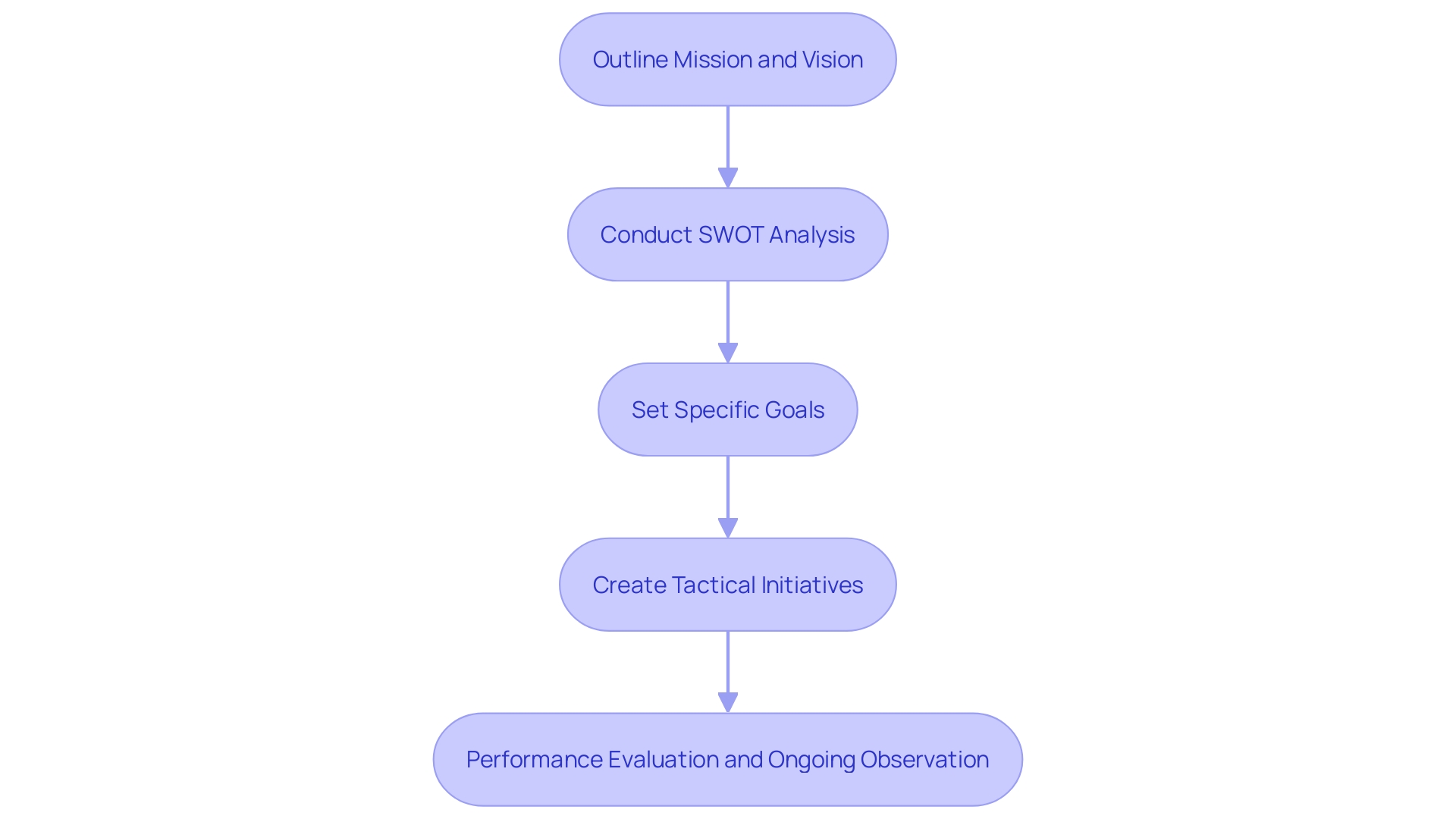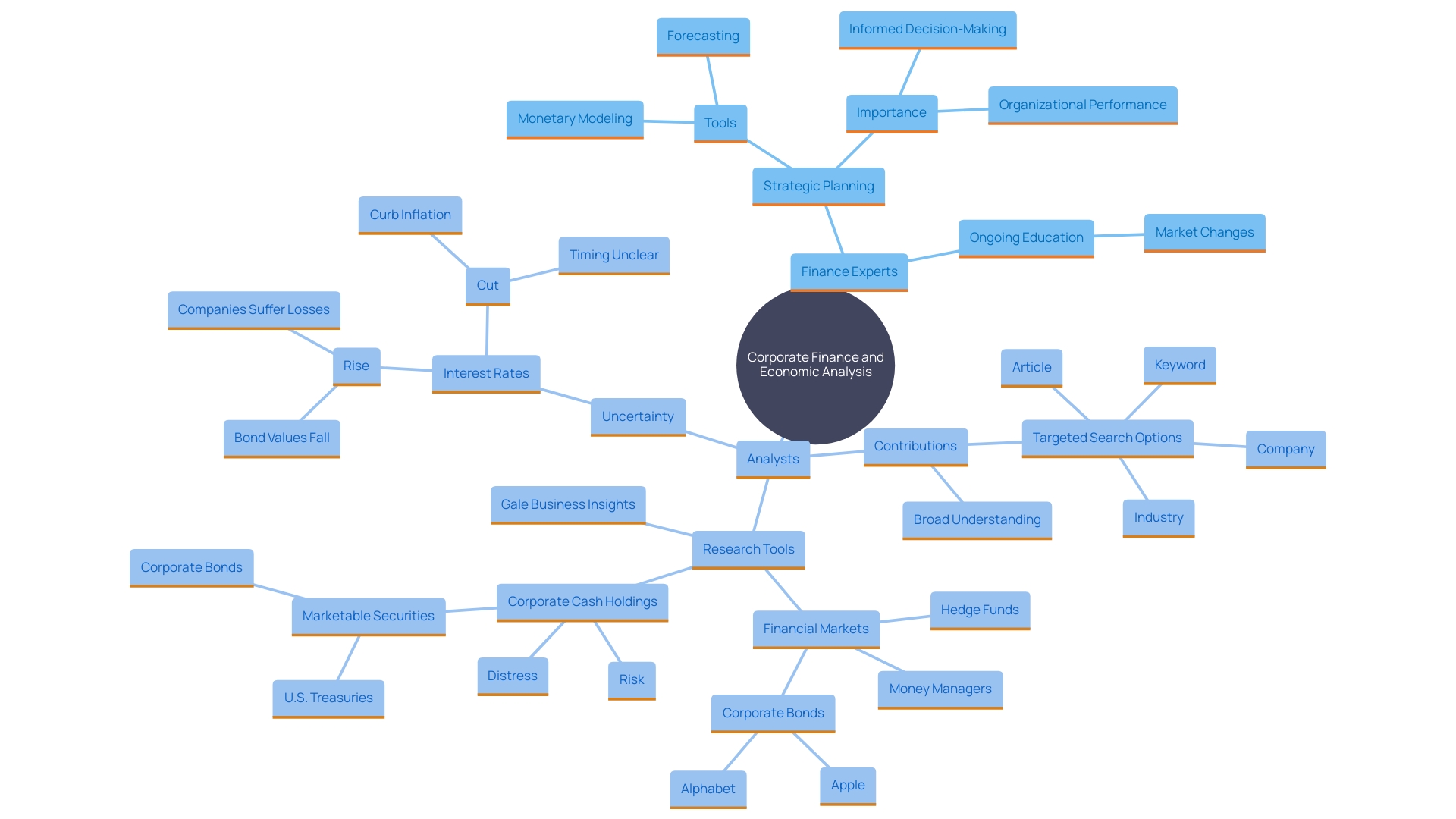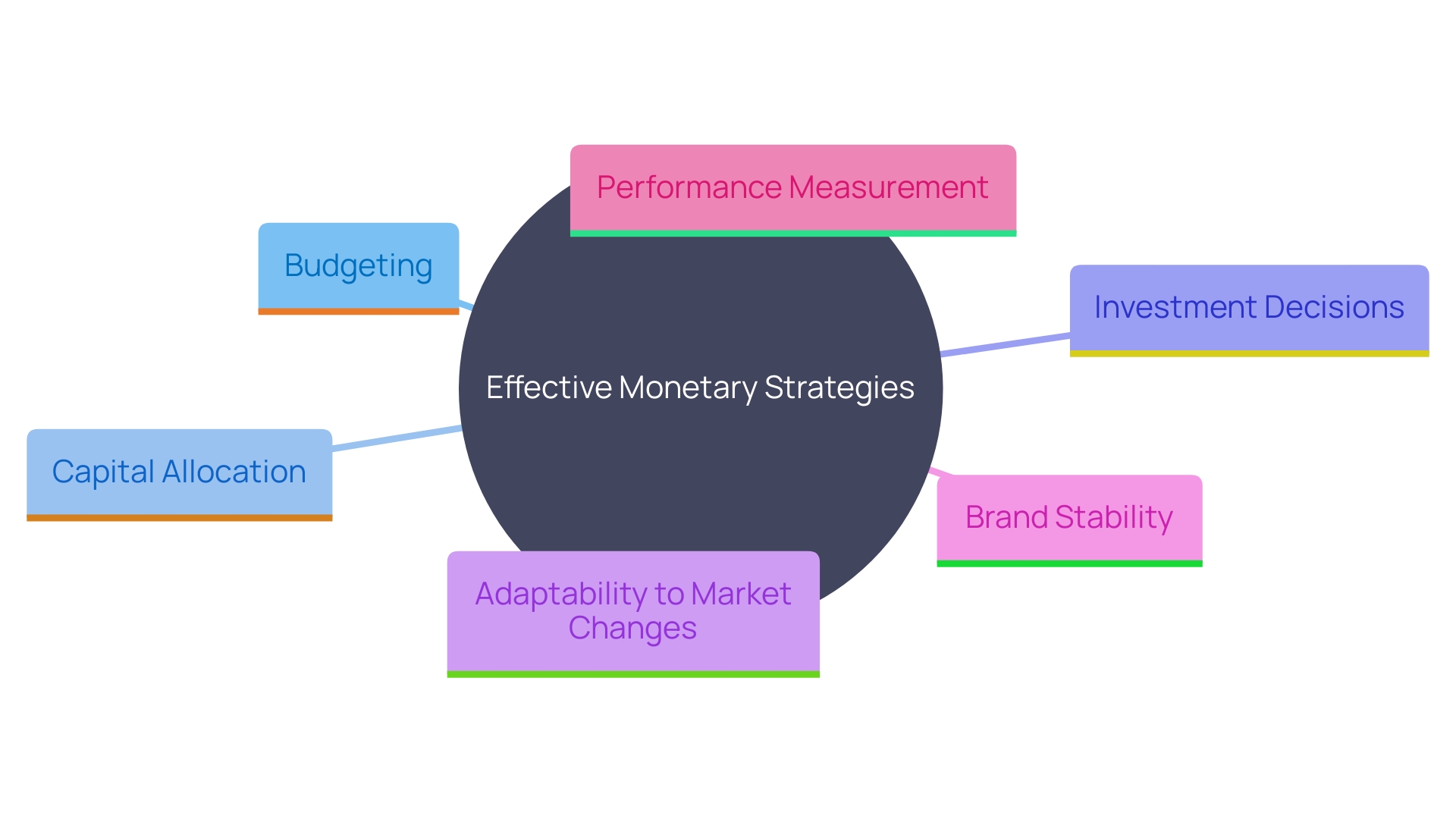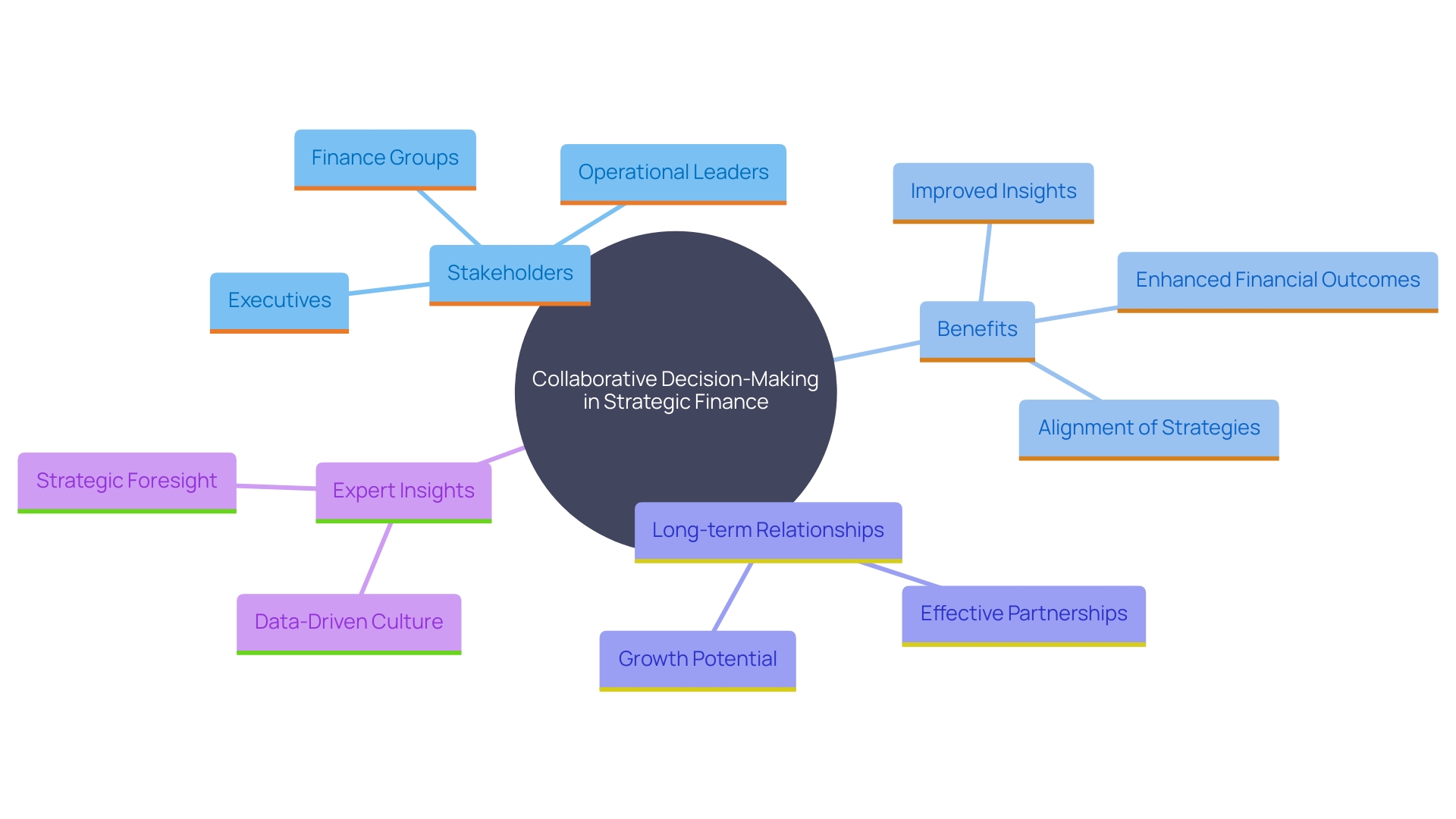Introduction
In an era where market dynamics shift at a rapid pace, the ability to strategically plan and align organizational efforts towards long-term goals is paramount. Strategic planning is not merely a roadmap but a comprehensive process that encompasses setting clear objectives, effectively allocating resources, and ensuring every facet of the business works in unison towards common goals. It begins with defining a thematic goal that resonates across all levels of the organization, from the C-suite to entry-level employees, and continues with the vital role of leaders in fostering a culture of teamwork and collective problem-solving.
At the heart of strategic planning lies the alignment of a company’s mission with its operational capabilities and market conditions. This process involves assembling a multifunctional team at the top levels of management to assess the business's unique advantages and define strategic priorities. Identifying and articulating the company’s competitive advantage is crucial, as it ensures the organization’s messaging and positioning resonate in a crowded market.
Utilizing strategic planning tools such as SWOT analysis, PESTLE analysis, and the Balanced Scorecard helps in developing an integrated and measurable plan.
Real-world examples, such as Walmart’s strategic focus on the online grocery shopping experience, highlight the importance of addressing specific customer problems and leveraging opportunities for growth. By applying these strategic principles, organizations can navigate complex challenges and drive transformative change, positioning themselves for long-term success and resilience in an ever-evolving business landscape.
Understanding Strategic Planning
Strategic development is a thorough process that allows entities to envision their future and set up the essential procedures to achieve it. This process involves setting long-term goals, pinpointing the company's direction, and effectively allocating resources. A key aspect is the alignment of an organization’s mission with its operational capabilities and market conditions, ensuring every business component works toward common objectives.
To begin, defining a clear and specific thematic goal is crucial; this goal must be understood by everyone from top-level executives to entry-level employees. Effective communication of this goal across all organizational levels is essential and should be a continuous effort rather than a one-time announcement. Leaders play a pivotal role in fostering a culture of teamwork and collective problem-solving.
The planning process begins with gathering a multifunctional team at the C-suite level. This team should evaluate the unique benefits of the business and outline key priorities for the next one to three years, considering the firm’s strengths, competitive landscape, and customer insights. This approach not only sets a clear direction but also ensures the organization remains resilient in the face of unforeseen disruptions.
A well-crafted tactical plan also involves identifying and articulating the company’s competitive advantage. 'While many CEOs believe their plans clearly outline their competitive edge, third-party experts often disagree.'. It's crucial for organizations to ensure their messaging and positioning are driven by their unique differentiators to resonate with customers in an increasingly noisy world.
In addition to this, the most common planning tools include Strengths, Weaknesses, Opportunities, and Threats (SWOT) analysis and the Political, Economic, Social, Technological, Legal, and Environmental (PESTLE) analysis for external factors. Internal factors are best reviewed using the Mission, Objectives, Strategies, and Tactics (MOST) analysis. Other valuable tools include the Blue Ocean Strategy, Scenario Planning, Ansoff Matrix, Porter’s Five Forces, Six Sigma, and the Balanced Scorecard. These tools offer a framework for measurable progress and assist in creating a comprehensive plan.
Real-world instances, such as Walmart’s intentional focus on enhancing the online grocery shopping experience, illustrate the significance of tackling specific customer issues and utilizing opportunities for growth. By utilizing these strategic frameworks and resources, entities can tackle intricate challenges and foster transformative change efficiently.
Key Components of Strategic Planning
Strategic planning is essential in guiding a company towards its long-term goals and ensuring its adaptability in a dynamic market environment. The process starts with outlining the entity's mission and vision, offering a clear direction and purpose. Conducting a SWOT analysis is a crucial step, as it helps identify internal strengths and weaknesses, as well as external opportunities and threats. This comprehensive analysis supports informed decision-making and strategy creation, laying a strong foundation for the business.
Setting specific and measurable goals is vital for tracking progress and maintaining focus. These goals should be time-bound and aligned with the organization's overall objectives. Creating tactical initiatives to attain these objectives requires thorough preparation and resource distribution, guaranteeing that all efforts are focused on the intended results.
Performance evaluation and ongoing observation are essential elements of planning. They permit groups to evaluate their progress and make necessary adjustments in response to changing circumstances. This agility and adaptability are key to navigating the complexities of today's business environment, as emphasized by Mathew Lehnig, a retired Navy SEAL officer and VP of Programs at Taking Point Leadership, who highlights the importance of being agile and responsive to change.
Including these components in a comprehensive plan not only promotes long-term achievement but also enables the entity to draw investment by showcasing its potential for profitability and expansion. A well-crafted tactical plan provides a comprehensive overview of the business, showcasing its uniqueness and viability to potential investors. By aligning resources with objectives and anticipating market changes, organizations can develop contingency plans and ensure their stability and growth in the competitive landscape.

The Role of Corporate Finance Specialists
Corporate finance experts play a key role in influencing planning by providing essential monetary insights that promote informed decision-making. They thoroughly examine monetary information, assess the feasibility of tactical initiatives, and pinpoint possible hazards linked to different approaches. 'Their expertise in monetary modeling and forecasting allows organizations to comprehend the economic implications of various tactical options, ensuring plans are both ambitious and fiscally sound.'.
A prime example of this is the case of Northspyre revolutionizing the real estate design and construction environment by providing a comprehensive, global view of project portfolios. Newell Development, which struggled with visibility and consistency of information, significantly benefited from Northspyre’s consolidated system. This system enhances the efficiency and accuracy of project management by offering a unified view of project budgets, schedules, and scopes, ensuring that all stakeholders are working with the most current and accurate information.
Additionally, economic analysts play an essential role in a firm's planning by utilizing past data, statistical instruments, and economic modeling to forecast results such as sales, revenue, costs, and profits. They identify trends in fiscal statements and market conditions to provide data-driven insights that inform strategic decisions on budgeting, funding, and capital investment. For instance, an analyst might identify a trend in decreasing costs for a particular raw material, suggesting the company bulk purchase to save costs, or forecast a potential cash flow issue, allowing the company to adjust its budget or investment plans accordingly.
The significance of their role is underscored by the wide variations in performance across the industry, with a spread of 700 basis points or more in Return on Equity (ROE) between top and bottom performers. This reflects the complexity of the industry and the unique nature of each organization. Financial analysts disaggregate businesses into highly granular client and product franchises, enabling customized strategies that enhance value creation.
Ongoing education is also crucial for analysts to remain informed about changes in regulations, market conditions, and monetary products. Their knowledge in monetary examination, tactical organization, and risk oversight is essential for maneuvering through the intricacies of the economic environment, fostering growth, and securing enduring stability. This comprehensive approach not only supports informed decision-making but also aids in managing economic risks and ensuring regulatory compliance.

Financial Strategies in Strategic Planning
Effective monetary strategies are essential for successful strategic planning. These strategies involve meticulous budgeting, prudent capital allocation, and calculated investment decisions that align with the organization’s long-term objectives. For instance, companies like Costco have demonstrated that sustainable and profitable growth can be achieved by aligning economic strategies with both member and employee satisfaction. From 1985 to 2022, Costco's sales and profits grew at a compounded annual rate of 12% and 13%, respectively, showcasing the impact of thoughtful financial planning.
In today’s dynamic economic landscape, organizations must optimize their resources to support initiatives, enhance operational efficiency, and drive sustainable growth. By employing centralized budgeting and resource allocation processes, businesses can ensure resources are distributed according to strategic priorities, eliminating duplication and facilitating informed decision-making. This approach also allows for better coordination among divisions, aligning with the overall growth objectives and maximizing return on investment.
Moreover, the ability to adapt and pivot in response to economic shifts and market changes is crucial. Successful businesses stay vigilant to the signs of change, recognizing the importance of remaining open to transformation. For example, the Fiserv Small Business Index's optimistic outlook for 2024 underscores the resilience of businesses that adapt to shifting economic conditions.
Additionally, investing in brand stability and diversification as a risk mitigation strategy has proven effective in times of market volatility. Organizations that concentrate on creating a durable brand instead of just depending on short-term sales avenues are more prepared to manage economic pressures and inflationary limitations.
Ultimately, robust monetary strategies encompass performance measurement through key performance indicators (KPIs) and economic metrics, ensuring accurate and transparent reporting, and implementing stringent risk management practices. These elements collectively foster trust with investors, stakeholders, and regulatory bodies, driving long-term economic stability and growth.

Collaborative Decision-Making and Strategic Finance
Collaborative decision-making in strategic finance integrates diverse perspectives and expertise, ensuring comprehensive and effective planning. Involving stakeholders like finance groups, operational leaders, and executives promotes a comprehensive approach, aligning budgetary strategies with operational realities and market dynamics. This inclusive collaboration enhances the quality of insights and promotes a unified direction, ensuring objectives are met efficiently. As Urooj Khan, associate professor of accounting, notes, collaborative alliances can significantly impact financial futures, cash flows, and revenues, providing better access to financing and improved terms through established financial networks. Embracing such collaborative efforts can lead to long-term, fruitful relationships, as emphasized by Mansoor Ghori of Petros PACE Finance, who advises adding value to strategic partners' areas of need. Furthermore, effective partnerships, as highlighted by Chris Khoury of Cheetah Capital, can drive significant growth without unnecessary risk, leveraging combined expertise and resources.

Conclusion
Strategic planning stands as a cornerstone for organizations aiming for long-term success and adaptability in a rapidly changing market. By establishing a clear mission and vision, organizations can create a unified direction that guides all efforts. The importance of conducting comprehensive analyses, such as SWOT and PESTLE, cannot be overstated, as these tools equip decision-makers with the insights needed to identify strengths, weaknesses, opportunities, and threats.
Setting specific, measurable goals aligned with the overarching mission ensures that progress can be tracked effectively, fostering accountability and focus.
The role of corporate finance specialists is critical in this process, as they provide the financial acumen necessary to evaluate strategic initiatives and forecast potential outcomes. Their expertise in financial modeling allows organizations to make informed decisions, ensuring that strategies are ambitious yet financially sound. Real-world examples, such as Northspyre's impact on project management visibility, illustrate how effective financial insights can enhance operational efficiency and drive growth.
Furthermore, effective financial strategies, including meticulous budgeting and resource allocation, are essential for aligning organizational objectives with market realities. Companies that remain agile and responsive to economic shifts are better positioned to navigate challenges and seize opportunities. The collaborative decision-making process involving diverse stakeholders enhances the quality of strategic planning, leading to more informed and innovative solutions.
In conclusion, strategic planning is not merely a function of leadership but a collective effort that integrates financial insights, operational realities, and market dynamics. By embracing comprehensive analysis, fostering collaboration, and implementing robust financial strategies, organizations can build resilience and drive sustainable growth in an ever-evolving business landscape.




